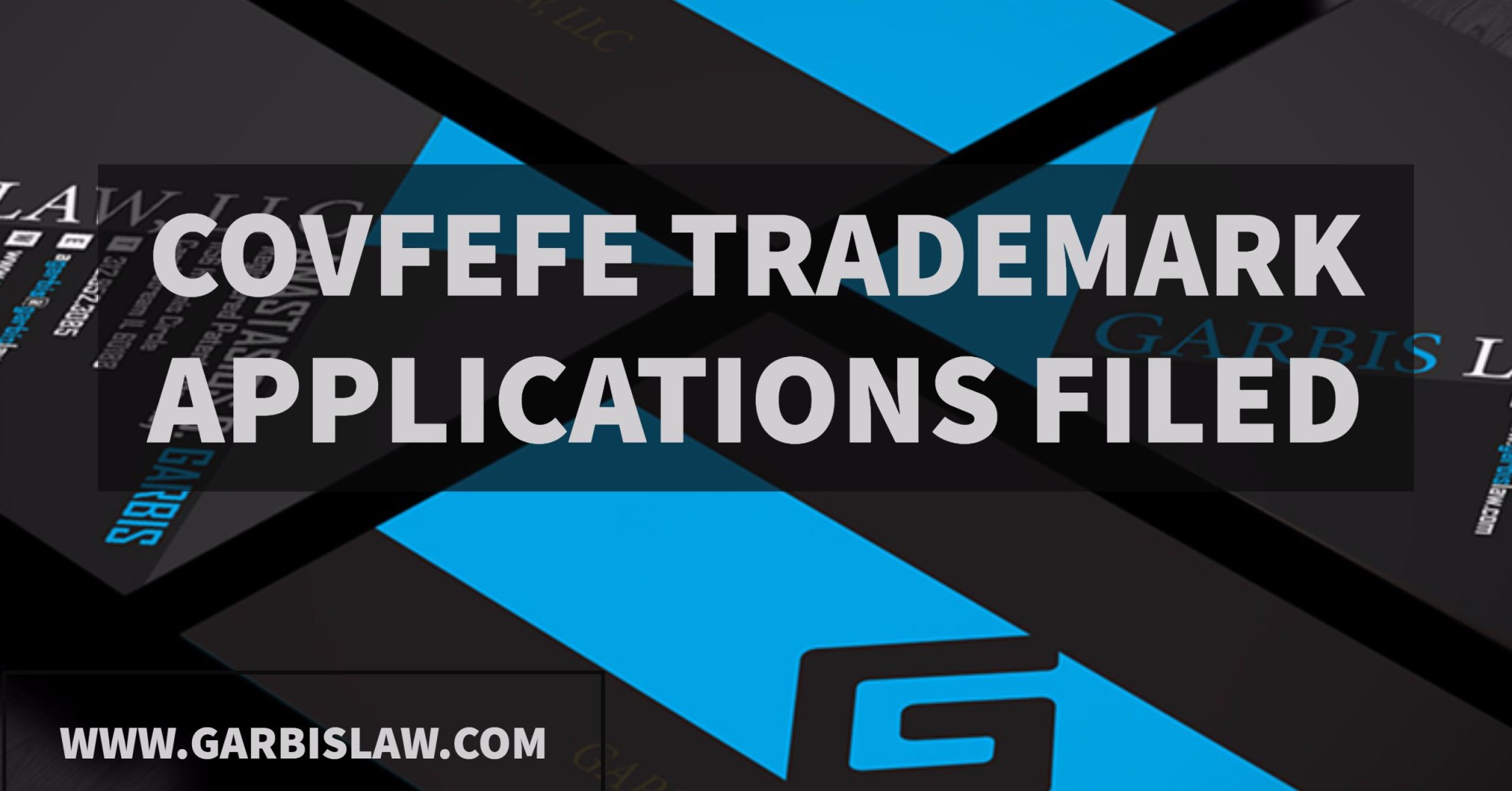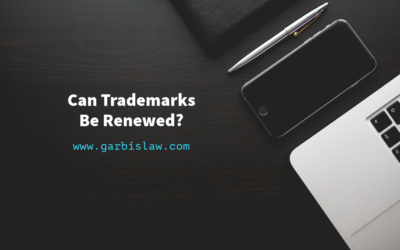COVFEFE Trademark Applications

When President Donald Trump sends out a Tweet, you’re never quite sure what to expect. On May 30th, he sent out the following tweet and the world had a field day trying to figure out what he meant by the word “covfefe.”
As is often the case with words or phrases that end up going viral, a number of new trademark applications have been filed with the United States Patent and Trademark Office (“USPTO”) containing the word COVFEFE. As of today, there have been a total of 26 trademark applications filed:

The applications cover a variety of goods from apparel to pet toys to beer to coffee and even to investment advice. It is likely, however, that the majority of these applications won’t reach registration due to a failure (or lack of intent) to operate as a trademark or other potential conflicts.
Operating as a Trademark
Individuals who file these types of applications based on terms that have gone viral are often just looking for a payday and have no intention of actually using the mark they have filed for.
In order for a term to operate as a trademark, it must be used as a source identifier. It is not enough to merely put the mark on goods and call it a trademark. For example, many of these applications cover the use of the COVFEFE trademark on t-shirts or other apparel. When filing a trademark application for clothing, it is important to differentiate how the trademark will be used. You need to remember, that a trademark is a source identifier and not a “decoration.”
More often than not, the USPTO rejects an application for failure to provide a specimen properly using the trademark. Instead of showing the trademark as a source identifier, a specimen often shows the trademark as “ornamental.” If all you are going to do is slap a name, logo, or slogan on the front of a shirt and go to trademark it, chances are your application will get rejected.
Lack of Intent to Use
The majority of these applications have been filed under an “intent to use” basis. The United States Trademark Act, Section 1(b) states that an intent to use application may be filed by a person “who has a bona fide intention, under circumstances showing the good faith of such person, to use a trademark in commerce.” When submitting a trademark application, a party must sign a statement affirming this bona fide intent to use. We discussed similar issues in a recent post about Beyonce’s trademark application. The question here becomes whether or not these applicants actually had a “bona fide intention” to use the mark, or did they simply seek potential rights for a payday?
There are a number of other issues that could arise during the USPTO’s examination of the applications. These applications will not be examined for another 3-4 months, but I’ll be sure to update you all as the USPTO starts responding.





